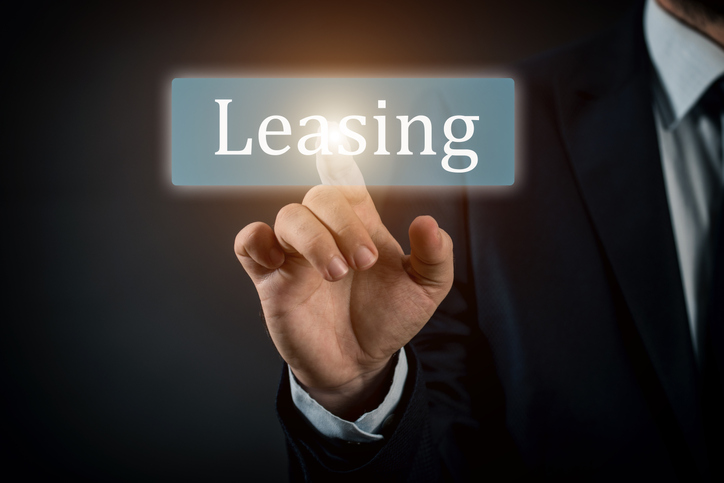
©SonerCdem/iStock/Getty Images Plus
The Financial Accounting Standards Board (FASB) issued Accounting Standards Codification (ASC) Topic 842, which is effective in 2019 for public companies. The effective date for private companies has been pushed from 2020 to 2021. The International Accounting Standards Board issued International Financial Reporting Standards (IFRS) 16, which supersedes International Accounting Standard 17 and is effective for annual reporting periods beginning on or after Jan. 1, 2019. These standards present drastic accounting changes, have the potential to affect any entity that enters into lease arrangements, and will force organizations to evaluate their accounting policies, procedures, controls, and systems.
Crowe senior manager Dan Edwards, manager Luis Lopez Garay, and principal William Watts offer 10 lessons for private companies.
Lesson 1: Start early Public company experiences suggest the implementation process took longer than planned for many companies. Starting earlier gives companies more time to analyze the standard and their lease contracts and to address any obstacles.
For private companies facing the extended Jan. 1, 2021, deadline, it’s not too late to start working toward compliance. This might include investing in automation software to help save time calculating values and performing necessary entries.
Lesson 2: Lease contracts are everywhere
The FASB’s leasing standards require private companies to record on their balance sheets leases embedded into contracts. This means private business owners should determine how many assets the business leases and how many service contracts the business has that might qualify as leases.
Many companies underestimate the effort it takes to collect and organize lease information. They might be surprised by the number of things they lease – from vending machines and copy machines to building space and cars. The problem companies are having is that lease processes often are decentralized; thus, tracking each lease contract, even service contracts that might contain a lease, can be daunting.
Lesson 3: Complexity abounds
Lease contracts aren’t one size fits all. Contracts for car leases might be straightforward while land, equipment, and office leases can be rife with complexity. Companies need to have the right information, which involves reviewing the terms of every lease.
Substance over form becomes important when interpreting lease contracts. For example, variable lease payments might be variable in form, but in substance they might be considered fixed payments expected to be capitalized.
Companies that operate internationally also will need to be able to remove value added tax from the payment amount to be capitalized. Also, U.S. GAAP and IFRS treat lease payments tied to an inflationary index differently. Thus, companies might need to keep a parallel set of books for IFRS and GAAP.
Lesson 4: Accounting will be stretched
The new lease accounting standards add more requirements for accounting teams, which means budgeting for additional accounting staff members who can gather lease data and interact with other departments and branch offices. How far a company stretches its budget depends on the organization. For example, if a company has a small population of similar leases, one accountant might suffice. But, if a business adds hundreds of new leases every month, it’s might need to take on additional resources.
Lesson 5: Involve other departments
Private companies need to make sure their legal, purchasing, IT, real estate, and other departments are engaged with accounting during the transition process. Consequently, accounting likely needs to ask each department what leases they are aware of that accounting doesn’t know about. This outreach can help form a more comprehensive understanding of the company’s leases. Many companies now have siloed departments with individual databases and procedures. This disconnect can be a challenge, but each department must be on the same page.
Lesson 6: Communicate early and often
The conversion to new lease accounting standards requires change for all departments and divisions involved. Departments such as IT likely are unaware of the standard change. It’s important for the accounting team to provide regular updates on new processes and requirements to ensure other departments are in the loop.
Lesson 7: Take a project management approach
Unaware of the full depth of the process, many companies have approached implementation of the new standards as a task rather than a project. Companies can avoid this mistake by asking these questions ahead of implementation efforts:
- Who are the key stakeholders?
- What data do we need to collect?
- Where do we get this data?
- What new policies, procedures, software applications, and reporting requirements do we need to put in place?
- Who do we need to train?
Once these questions are answered, companies can start to implement new systems. The accounting department can serve as the project sponsor and central point of contact as it leads the conversion effort.
Lesson 8: Be prepared for surprises
Most companies find some unexpected twists as they delve into implementation. The biggest surprise many companies deal with is the number of leases they have. For example, a company in the transportation industry that leases equipment might believe it has only one lease for several hundred units. But in reality, it has several hundred leases because each piece of equipment needs to be tracked separately. Another company might have verbal agreement leases, which still must be tracked for the standard.
Lesson 9: Keep auditors informed
The approach an organization adopts during the implementation process might have a significant impact on its balance sheet, so it should keep auditors as informed as possible. While auditors can’t give management advice, they may sit in on presentations or ask questions regarding lease accounting.
Lesson 10: Invest in the right software
Acclimating a company to the new lease accounting standards means choosing software that streamlines data collection and can be easily embedded in existing company systems.
For more information and a more in-depth review of ASC Topic 842, join Crowe on Nov. 7, 2019, at 2 p.m. Eastern for “Tackling ASC 842.” This webinar will explore changes since the original issuance as well as pain points of organizations that have already implemented the standard.